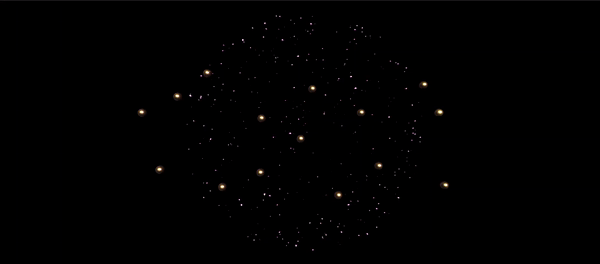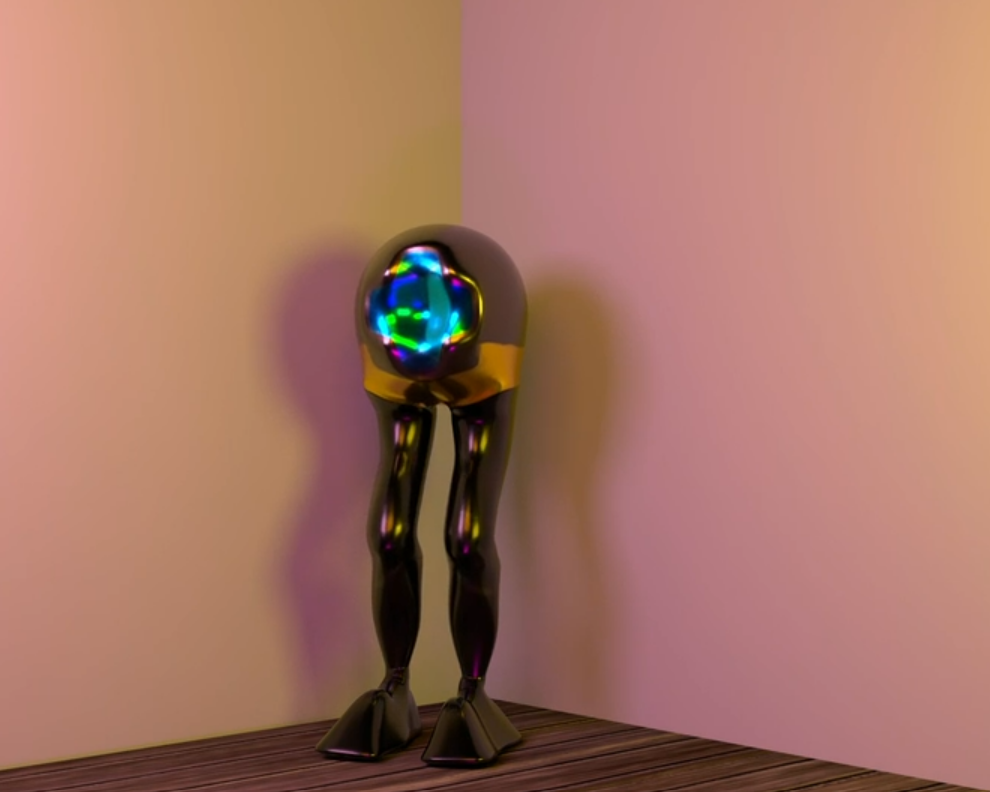Stars Above (2021-2022)
User interaction with the final build

A run of the final build with no player interaction

A demonstration of the latest prototype without a player

A playthrough of the first prototype
Abstract
People will touch the stars and move the night sky, using large sweeping gestures to play with what they see. Every time they move their hands, the stars react and move as well, their movements projected onto a wall to create an immersive, interactive experience of the stars that are usually so far away.
The Arduino Uno with the six vibration motors
A playthrough of the virtual reality environment designed for testing
Navigation Training Using Haptics in Virtual Reality for People With Visual Impairments (2021-2022)
Abstract
Visually impaired people are at a disadvantage when navigating cluttered indoor environments and rely on large means, like walking canes or guide dogs, to get around these places. I wanted to help them become more familiar with the spaces they spend the most of their time in and reduce how much they use their larger means of guidance when comfortable.
From there came the idea of using virtual reality and vibration to indicate direction.
The Research
The project consists of six vibration motors and an Arduino Uno as seen above and was developed to the point of being integrated into a belt, which is part of future work. The project was developed using Arduino, C# and Unity.
This research is a capstone project.
Redesigning Creative Coding Education for Beginner Programmers (2020)
A prototype for a tool for copying formatted code that I designed using HTML and CSS
Abstract
Applied programming in the arts, also called creative coding, is a rapidly growing form of expression and creativity, yet there are very few well defined resources for beginner programmers. The goal of this project is to change that by creating an learner-centered online resource for first-time programmers in p5.js.
In our research, we analyzed the content of academic textbooks and online resources to identify a set of criteria for a successful educational resource. Based on our findings, we created a project-based chapter outline, as opposed to the traditional topic-based outline, for students to exercise skills taught in each chapter and utilize skills from previous chapters. We fleshed out one full chapter, 'Exploring Input in p5.js', according to the research established earlier with an emphasis on interactive graphics, for which I designed the code copying tool pictured above.
The Research
The research project was completed as part of the Mentored Undergraduate Summer Experience (MUSE), an eight week research experience funded by The College of New Jersey.
Learn more about the research here.




